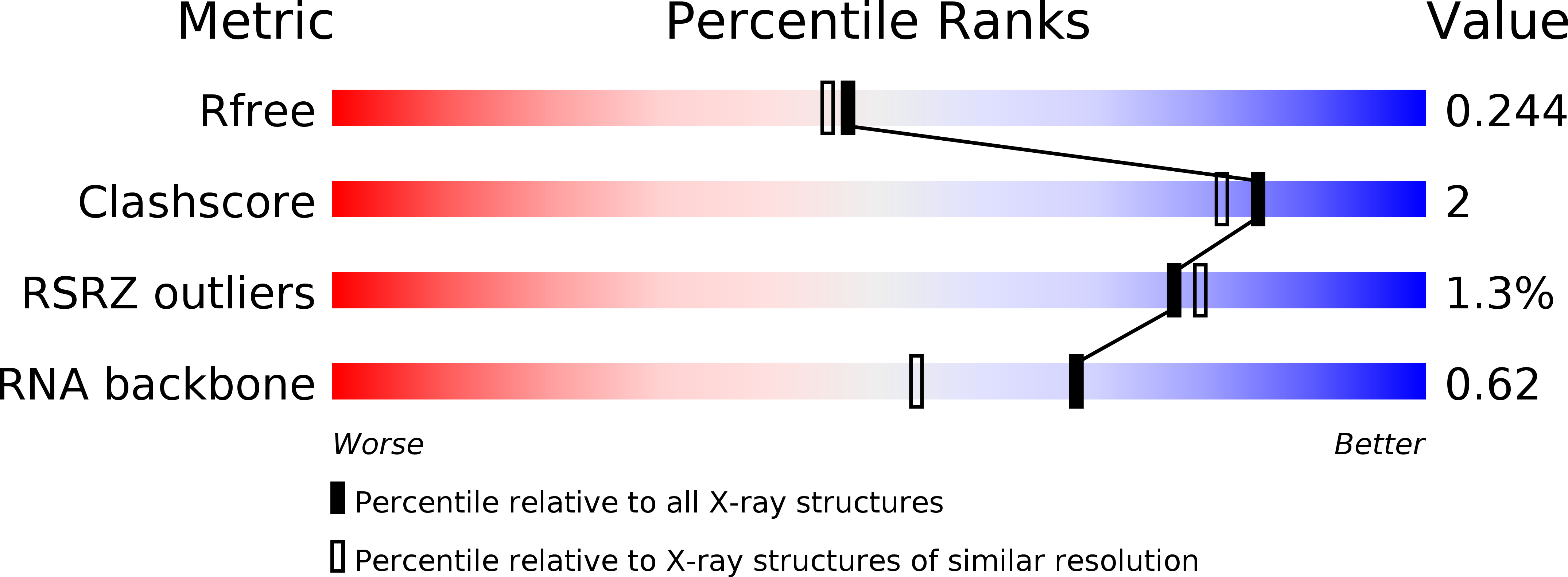
Deposition Date
2006-03-16
Release Date
2006-07-04
Last Version Date
2024-02-14
Entry Detail
PDB ID:
2GDI
Keywords:
Title:
Crystal structure of thiamine pyrophosphate-specific riboswitch in complex with thiamine pyrophosphate
Biological Source:
Source Organism:
Method Details:
Experimental Method:
Resolution:
2.05 Å
R-Value Free:
0.24
R-Value Work:
0.20
R-Value Observed:
0.21
Space Group:
C 1 2 1


